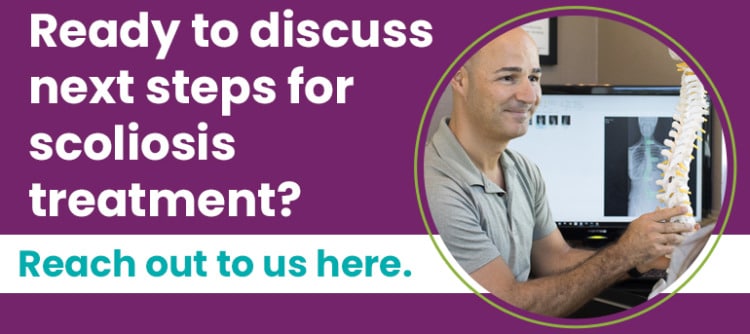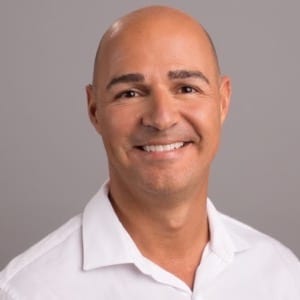Understanding Scoliosis Correction Techniques and Outcomes
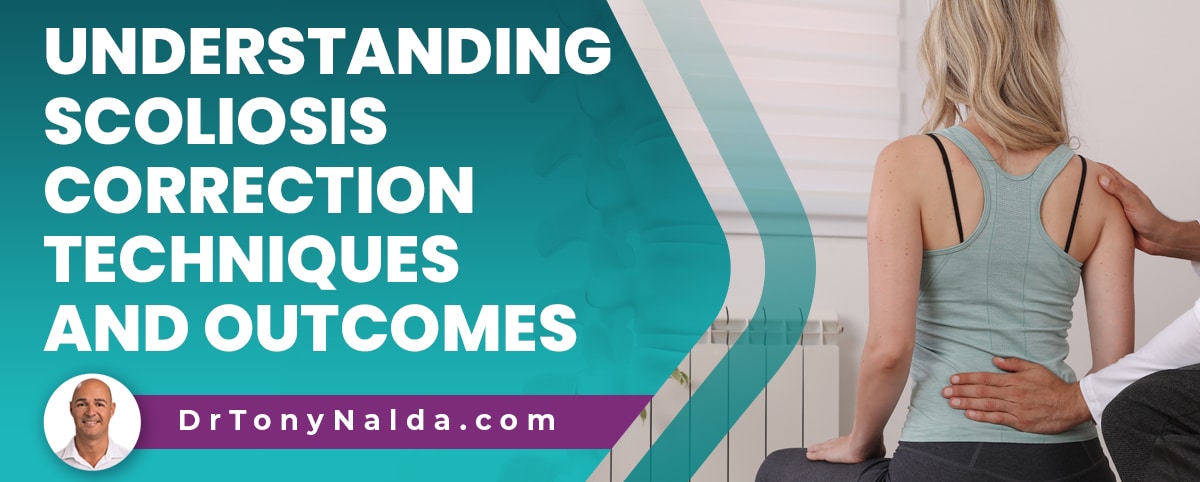
Scoliosis causes the spine to bend and twist unnaturally, but it can affect the entire body, especially when severe. As a progressive condition, counteracting its progressive nature is key, and this means being proactive and working towards preventing progression and increasing condition effects.
Once a diagnosis of scoliosis is given, the most important decision is how to address the condition with treatment. The way a diagnosis is responded to with treatment will shape the spine's overall health, and this can involve non surgical treatment or surgical treatment.
There are never treatment guarantees, but with early detection and intervention, there are fewer limits to what non-surgical treatment can achieve.
Table of Contents
Early Detection and Intervention
You'll hear a lot about the importance of early detection when researching scoliosis, and this is because as a progressive condition whose nature is to get worse, sometimes when treatment is started can be an important factor in responsiveness.
Scoliosis causes the spine to bend unnaturally to the side and rotate, making it a 3-dimensional condition.
A progressive condition is incurable, but that doesn't mean it can't be highly treatable, and treatment success is associated with early detection and intervention.
Early detection means diagnosing conditions while they are still mild, before significant progression has already occurred, and early intervention means starting treatment as close to the time of diagnosis as possible.
The potential benefits of early detection are only available to those whose treatment is started immediately, and this is characteristic of a conservative non-surgical treatment approach.
Scoliosis gets more difficult to treat the more it progresses, so starting treatment early means it's more likely to respond well.
A big difference in the two main scoliosis treatment approaches involves how they respond to a diagnosis: proactive versus reactive.
Proactive Treatment Versus Reactive Treatment
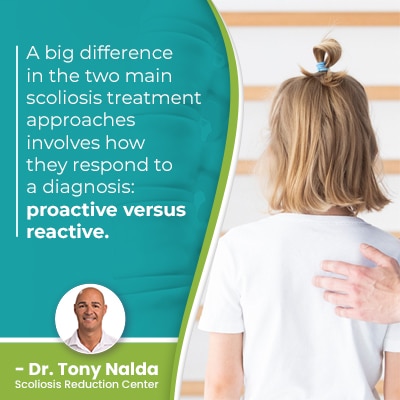 Scoliosis is a structural spinal condition, so has to be impacted on a structural level; scoliosis progressing means the size of the unnatural spinal curve is increasing, as are the condition's effects, and the more severe scoliosis is, the more likely it is that a surgical procedure will be recommended.
Scoliosis is a structural spinal condition, so has to be impacted on a structural level; scoliosis progressing means the size of the unnatural spinal curve is increasing, as are the condition's effects, and the more severe scoliosis is, the more likely it is that a surgical procedure will be recommended.
A proactive treatment response is one that will be started immediately following a diagnosis in the hopes of preventing progression, and a reactive treatment response is one that doesn't involve a strategy for addressing mild scoliosis, instead only responding with treatment once a certain level of progression has already occurred.
With progressive conditions like scoliosis, when treatment is started can be an important factor; in most cases, it's more effective to proactively work towards preventing progression and increasing condition effects than it is to attempt to reverse once they've developed.
What I really want patients to know is that not all cases of scoliosis require surgery, particularly those that are diagnosed and treated early.
While conservative treatments are proactive and start immediately following a diagnosis, traditional treatment doesn't have a strategy for addressing scoliosis while mild, commonly recommending to watch and wait.
An individual patient needs an individualized treatment plan, and conservative treatments can help patients avoid progression,
Non Surgical Scoliosis Correction Benefits
While we don't know why most cases of scoliosis develop initially, we know it's growth that triggers progression, and in the condition's most common type, adolescent idiopathic scoliosis, rapid progression is a risk due to puberty.
A benefit of proactive treatment is that it can help counteract the constant trigger of growth occurring as a child grows.
Scoliosis ranges widely in severity from mild scoliosis to moderate, severe, and very severe scoliosis; most of my patients are diagnosed with moderate scoliosis because it's when conditions progress from mild to moderate that symptoms tend to become noticeable.
When mild, scoliosis isn't commonly associated with functional deficits, nor is it painful for children, and postural changes can also be subtle.
Here at the Scoliosis Reduction Center®, the treatment approach is non surgical, proactive, and integrative; the complex nature of the condition necessitates the complete customization of treatment plans.
Being trained and certified in multiple scoliosis-specific treatment disciplines means I can apportion and adjust them accordingly based on how the spine is responding to growth and treatment.
Reducing the Curve
I apply chiropractic care to correct the curve through a series of techniques and manual adjustments that can realign the spine by adjusting the position of the curve's most-tilted vertebrae.
A misaligned spine is one that's unstable and unbalanced, and the effects of a misaligned spine can be felt from the head to the feet, particularly when severe.
Reducing the curve is correcting the condition on a structural level, addressing its underlying structural nature, but those structural changes need to be supported, and this is where the spine's surrounding muscles are important.
Improving Muscle Strength and Balance
The health of the spine's surrounding muscles are important for spinal health because they have to support and stabilize the spine.
As scoliosis develops and progresses, it's introducing a lot of uneven forces, and those forces don't just affect the spine, but also its surrounding nerves and muscles.
Using physical therapy and scoliosis exercises can help strengthen the spine's surrounding muscles so they can support the spine and its natural curves, as well as the structural correction worked towards through chiropractic.
As the condition's uneven forces increase, they can unbalance the spine's surrounding muscles as the muscles on one side of the spine can become weak from underuse, while muscles on the other side can become stretched and sore from overuse.
Balancing the spine's surrounding muscles is important for maintaining spinal support, stability, and alignment.
Corrective Bracing
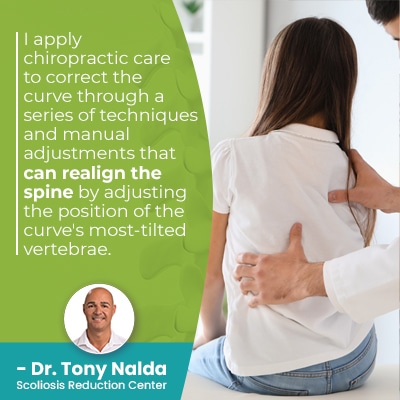 Corrective bracing can help by pushing the spine into a corrective position, and this can help complement other types of treatment applied.
Corrective bracing can help by pushing the spine into a corrective position, and this can help complement other types of treatment applied.
As growing spines are more malleable, they tend to be more responsive to bracing, so the ScoliBrace is a regular facet of childhood scoliosis treatment.
As an ongoing condition, rehabilitation is necessary to hold treatment results, and this can involve lifestyle guidance and a series of custom-prescribed exercises that patients can perform at home to further heal and stabilize the spine.
The benefit of a non surgical treatment response for scoliosis is that it's less invasive and does not permanently alter the strength and function of the spine.
Spinal Fusion Surgery
When it comes to surgical scoliosis correction, surgical stabilization works by fusing the curve's most-tilted vertebrae into a solid bone so they can't become more tilted over time (progress), and metal rods or vertebral body tethering are used to hold the spine in place; bone grafts are common.
While orthopaedic surgeons have their patients' best interests at heart, spinal surgery is invasive and risky, and bone healing can involve a recovery period that can last from a few weeks to months, depending on a number of variables.
If a spinal fusion fails for any reason, additional surgery is needed, and most patients are disappointed with some effects of living with a fused spine; the spine is weaker and more vulnerable to injury, which can disrupt a patient's activities, a fused spine is more rigid and less flexible, and an increase in back pain at the fusion site are all effects that can alter daily living and quality of life.
As the spinal cord within consists of 31 pairs of spinal nerves, nerve damage is also a risk.
Continued growth in children can affect a spinal fusion, and when it comes to actual correction, stopping curve progression through a surgical procedure isn't the same as correcting it on a structural level, as with conservative treatments.
Conclusion
When it comes to understanding scoliosis correction, it's important to know how a surgical and non surgical response affects the spine differently.
When it comes to non surgical scoliosis treatment, a patient's condition is treated proactively with customized and integrative treatment plans that can help reduce scoliotic curves on a structural level, improve posture, increase muscle strength, improve muscle balance, and control pain through addressing the underlying condition causing the pain: the scoliosis itself.
If scoliosis is left untreated, its nature is to get worse over time, and increasing effects can include leg pain, back pain, disruptions to lung function, movement, and digestion.
The best chance for young scoliosis patients to enjoy unrestricted activities is to undergo non surgical treatment because it preserves as much of the spine's natural strength and function as possible.
Large curves are more difficult to treat, but with early detection and intervention, it's possible to prevent small curves from becoming large curves, and most children will respond well to early intervention because a growing spine is more flexible and responsive.
In rare cases that involve atypical condition types and extreme scoliosis, scoliosis surgery can still have a place in treatment, but the reality is that many patients respond well to non surgical treatment.
Here at the Center, results speak for themselves, so don't hesitate to reach out for guidance and support.
Dr. Tony Nalda
DOCTOR OF CHIROPRACTIC
After receiving an undergraduate degree in psychology and his Doctorate of Chiropractic from Life University, Dr. Nalda settled in Celebration, Florida and proceeded to build one of Central Florida’s most successful chiropractic clinics.
His experience with patients suffering from scoliosis, and the confusion and frustration they faced, led him to seek a specialty in scoliosis care. In 2006 he completed his Intensive Care Certification from CLEAR Institute, a leading scoliosis educational and certification center.
About Dr. Tony Nalda
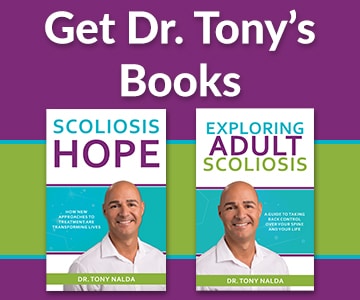 Ready to explore scoliosis treatment? Contact Us Now
Ready to explore scoliosis treatment? Contact Us Now